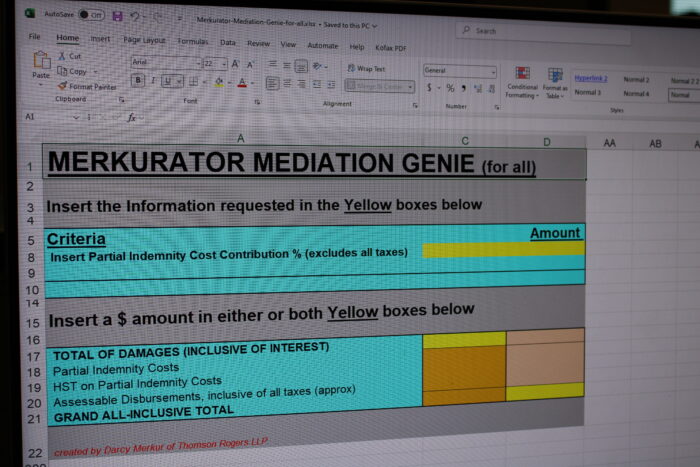Passing the Reasonable and Necessary Legal Test for Treatment Plans
Author(s): Stacey L. Stevens*
November 19, 2019

More often than not adjusters are taking a deny first/approve later approach. Not only does this impact our client’s recovery, but it also impacts your ability to do your job.
Here are some tips that will increase the likelihood of your treatment plan passing the elusive “reasonable and necessary“ legal test.
Develop a relationship with the adjuster.
Quite often a little goes a long way. Remember, adjusters are people too; they have their own values and biases. They are required to document their files and be ready to justify their decisions when their files are audited. If you are submitting an OCF-18 that is unusual or more than a few thousand dollars, pick up the phone and discuss your rationale. You will learn a lot more about what the adjuster likes, dislikes and values.
Think it through.
Put yourself in the adjuster’s shoes. Anticipate any questions and objections that may come up and deal with them head-on in your call with the adjuster or in your treatment plan.
Keep it in context.
Make sure the services/expenses are related to the impairments from the collision. Ask yourself what are the goals and will they be achieved? Make sure that the goals are not inconsequential or lead to little benefit. What is the expected level of success? Are there other services that may be a better alternative for reaching the goals? What is the risk of deterioration or decompensation if the OCF-18 is denied? If need be, prepare a brief addendum report to attach to your treatment plan.
A little goes a long way.
The length of the proposed treatment and cost is a major consideration. Whenever possible keep the duration of the plan short and cost low; this will allow you to re-evaluate. Regularly document the client’s progress, or lack thereof, and adjust your recommendations.
Focus on functional improvement.
Section 16 lists key areas of function. Wherever possible, frame your recommendations within the scope of these activities. Use the words and phrases from the SABs. In the end, each of your clients is unique and their claims will be considered on the merits.
While there is no tried and true definition of “reasonable and necessary,” a well-reasoned and supported treatment plan provides a solid starting point.
Stacey Stevens is a partner and a personal injury lawyer at Thomson Rogers. Her practice is entirely devoted to helping people who have sustained serious personal injuries from car, motorcycle, boating accidents and slip and falls. Stacey’s expertise has been sought out in interviews on Canada AM, the Business News Network and CFRB Radio, and in newspapers and magazines including the Lawyer’s Weekly, Law Times, The Litigator and The Globe and Mail. Stacey can be reached at 416-868-3186 or by EMAIL.
Share this




